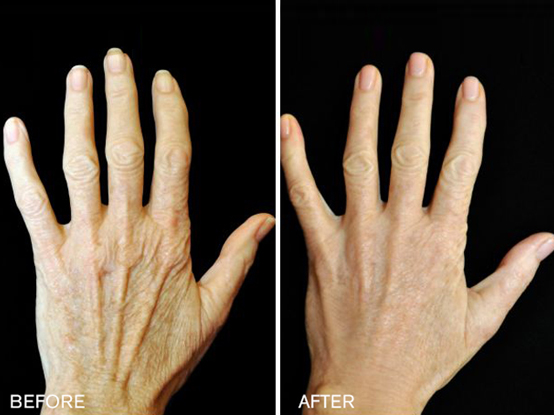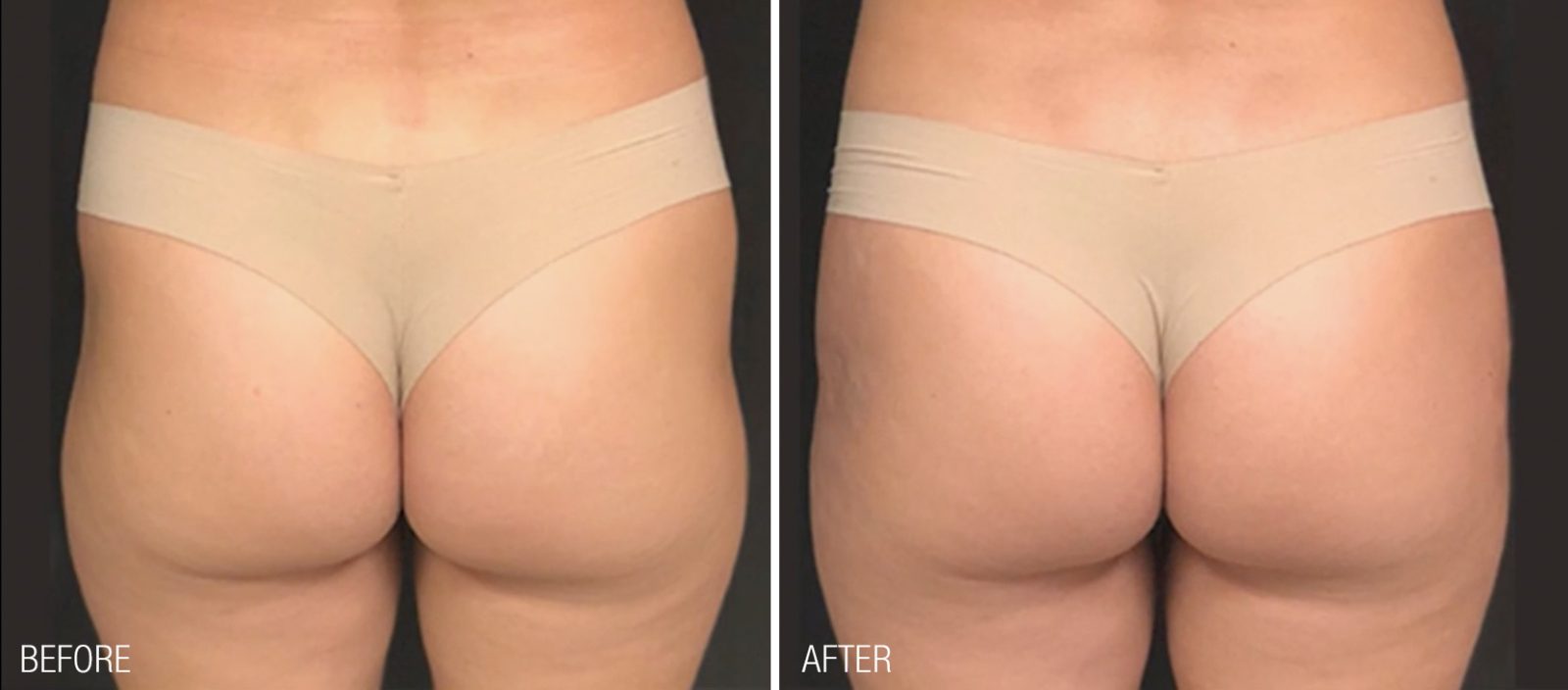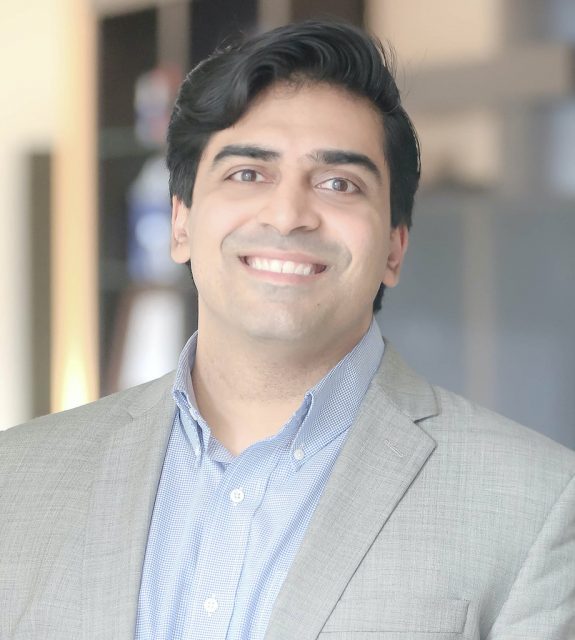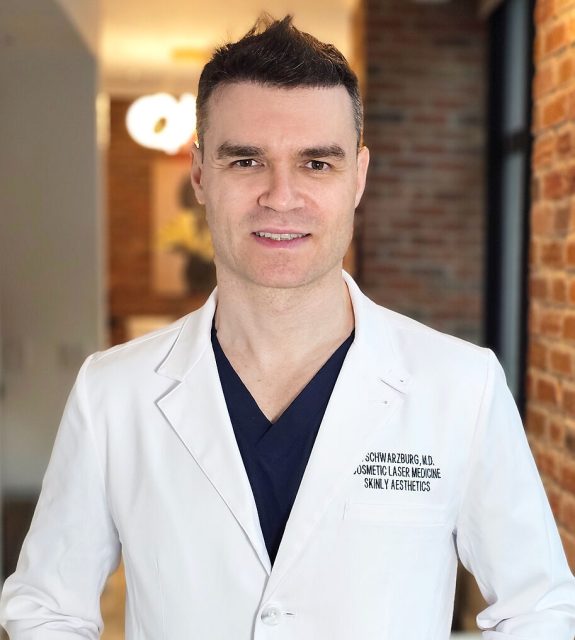Traditional fillers have long been a go-to solution when restoring volume in the face, hands, or other areas of the body. However, a new option is gaining attention for its natural approach—Renuva. Unlike traditional fillers using hyaluronic acid or other substances, Renuva harnesses the body’s fat cells to achieve lasting, natural results. Here’s everything you need to know about this cutting-edge treatment.
 Photo Credit: Courtesy of Popcorner/Shutterstock
Photo Credit: Courtesy of Popcorner/Shutterstock
What Sets Renuva Apart from Traditional Fillers?
Renuva offers a groundbreaking difference from traditional fillers by utilizing the body’s own natural filler—fat. Unlike other fillers, where materials like hyaluronic acid are injected, Renuva works by encouraging the body to generate its own fat cells. This makes it an excellent option for patients who do not want to undergo fat-harvesting procedures like liposuction or for those with insufficient fat deposits elsewhere in their bodies.
One of the biggest advantages of Renuva over other fillers is the longevity of its results. Since it uses fat cells stimulated by the body, the results last as long as natural fat would, which could be many years. In contrast, most traditional fillers need to be reapplied every 6 to 18 months.
Another major benefit is avoiding "filler fatigue," a condition where traditional fillers can cause puffiness or a swollen appearance over time due to water retention. Renuva avoids this issue entirely because the volume enhancement comes only from the patient’s own fat cells, ensuring a natural look without overfilling.
 Photo Credit: Courtesy of Dr. Josh Waltzman
Photo Credit: Courtesy of Dr. Josh Waltzman
What Areas of the Body Can Be Treated with Renuva?
Renuva is incredibly versatile and can be used in various areas where fat naturally exists. The most commonly treated areas include:
- Face: Adds natural volume to areas that have lost fullness over time.
- Hands: Restores lost volume to combat the aged appearance of prominent tendons and veins.
- Breasts and Hips: Helps smooth contour irregularities, especially following surgery or liposuction.
Renuva is especially helpful for treating small contour irregularities caused by previous liposuction or breast surgery, as well as for restoring lost volume in the back of the hands, a common concern for patients seeking a more youthful appearance.
Long-Lasting Results with Minimal Touch-Ups
Renuva's results are impressively long-lasting. Once the body generates new fat cells, they remain in the treated area for as long as the patient’s own fat cells would, often lasting for many years. Typically, 1-3 treatments spaced about three months apart are necessary to achieve the desired volume, but the specific number of treatments will depend on the amount of volume needed.
Does Renuva Help with Skin Texture?
While Renuva excels at volume restoration, it does not directly affect skin texture. Patients looking to improve their skin’s texture may need complementary treatments such as skincare, chemical peels, or laser therapies. Renuva specifically focuses on adding volume but pairing it with other treatments can yield comprehensive skin rejuvenation.
 Photo Credit: Courtesy of Dr. Josh Waltzman
Photo Credit: Courtesy of Dr. Josh Waltzman
Minimal Downtime and Aftercare
One of the many appeals of Renuva is the minimal downtime associated with treatment. Some mild bruising or swelling may occur after the injections, but these effects generally resolve within 1-2 weeks. Full results from each treatment session will become visible by the three-month mark. Patients can return to their daily activities almost immediately, making Renuva a convenient option for those with busy lifestyles.
Renuva represents a significant advancement in non-surgical fat restoration, providing patients with a long-lasting, natural-looking alternative to traditional fillers. By stimulating the body’s own fat cells, Renuva offers results that last for years without the risk of overfilled or swollen appearances. Whether you're looking to restore volume in your face, hands, breasts, or hips, Renuva is an ideal option for those seeking subtle, enduring enhancements without invasive surgery.
For more information, visit Dr. Josh Waltzman's social media:





















